The Dzongri Trek is one of the most sought-after Himalayan treks in Sikkim, India, offering panoramic views of some of the highest peaks in the world, including Kanchenjunga, Pandim, and Kangchenjunga West. Situated at an altitude of approximately 4,030 meters (13,225 feet), Dzongri is a crucial acclimatization point for trekkers heading to Goechala Pass. Dzongri Trek (Sikkim)
The trek is famous for:
- Stunning alpine meadows and rhododendron forests.
- Breathtaking mountain vistas visible from Dzongri Top.
- Unique Sikkimese culture along the route.
- Moderate trekking difficulty, making it accessible to both beginners and experienced trekkers.
Starting Point: Yuksom, Sikkim
Duration: 4–5 days
Difficulty Level: Moderate
Best Time to Visit
- March to May: Spring season with blooming rhododendrons and clear skies.
- September to November: Autumn season offering crisp weather and excellent visibility of Himalayan peaks.
- December to February: Winter trekking is possible but involves snow; ideal for experienced trekkers.
- June to August: Monsoon season brings heavy rainfall and slippery trails; generally not recommended.
Optimal Period: Spring and autumn provide the best trekking experience with moderate temperatures and unobstructed mountain views.
How to Reach Dzongri
By Air
- The nearest airport is Bagdogra Airport, about 125 km from Yuksom.
- Taxis and shared vehicles are available from the airport to Yuksom.
By Train
- New Jalpaiguri (NJP) Railway Station is the nearest major station, 120 km from Yuksom.
- Taxis or buses connect NJP to Sikkim’s trekking hubs.
By Road
- Sikkim is accessible via Siliguri and Gangtok.
- Regular buses, shared cabs, and taxis operate between Siliguri, Gangtok, and Yuksom.
- The trek typically begins from Yuksom, the base village for Dzongri.
Entry Fees and Permits
Dzongri falls under Khangchendzonga National Park, a UNESCO World Heritage site, which requires permits: Dzongri Trek (Sikkim)
- Trekker’s Permit: Approximately INR 500–600 (subject to change)
- Camera Permit: INR 200–300 for photography
- National Park Entry Fee: Around INR 100–200 per person
- All foreign nationals must carry passport and valid Indian visa.
Permits are obtained at Yuksom Forest Department before beginning the trek.
Food Availability and Meal Options
Food along the Dzongri Trek is limited but sufficient for trekkers:
- Base Camp and Villages: Small tea houses offer simple meals like rice, dal, noodles, and momos.
- On the Trail: Carry energy bars, chocolates, and dry fruits for extra nutrition.
- During Camping: If trekking with a group, meals are usually organized, consisting of vegetarian Indian or local Sikkimese food.
Water should be purified before drinking; many campsites provide boiled or filtered water.
Packing List and Essentials
Proper packing ensures comfort and safety on this high-altitude trek.
Clothing
- Layered clothing for changing temperatures
- Warm fleece and down jacket
- Waterproof windproof jacket
- Thermal innerwear and woolen gloves, socks, cap
Footwear
- Sturdy trekking shoes with ankle support
- Comfortable trekking socks
- Optional gaiters for snow in winter
Gear
- Trekking poles for stability
- Backpack with rain cover
- Sleeping bag for overnight camps
Other Essentials
- Water bottles and purification tablets
- Headlamp or torch with spare batteries
- Sunscreen, sunglasses, and lip balm
- Personal first-aid kit with medicines
Safety Tips and Local Regulations
- Always trek in groups or hire a local guide for safety. Dzongri Trek (Sikkim)
- Acclimatize properly to prevent altitude sickness.
- Carry sufficient cash; ATMs are unavailable along the trail.
- Avoid littering; carry back your waste.
- Stick to marked trails to prevent getting lost.
- Check weather forecasts before starting the trek.
Tips for Beginners or First-Time Visitors
- Dzongri Trek is beginner-friendly, but basic fitness is recommended.
- Start early in the morning to avoid trekking in low-light conditions.
- Take frequent breaks during steep ascents.
- Maintain proper hydration and nutrition.
- Carry a small backpack to reduce strain.
Local Customs and Cultural Etiquette
- Yuksom and nearby villages are inhabited by Lepcha and Bhutia communities.
- Respect local temples, monasteries, and prayer flags.
- Dress modestly while interacting with locals.
- Avoid loud noises in villages and near religious sites.
- Ask permission before taking photographs of local people or ceremonies.
FAQ Section
1. How long is the Dzongri Trek?
The trek usually takes 4–5 days, including acclimatization.
2. What is the difficulty level?
Moderate; suitable for beginners with basic fitness and for experienced trekkers.
3. What is the altitude of Dzongri?
Dzongri Top sits at 4,030 meters (13,225 feet) above sea level.
4. Is the trek suitable for children or elderly?
Yes, with proper fitness and acclimatization, children above 10 years and healthy elders can manage.
5. Are guides necessary?
Not mandatory, but hiring a local guide is recommended for safety and navigation.
6. Are camping facilities available?
Yes, campsites are available near Dzongri Top and along the trail.
7. How is mobile connectivity?
Network is limited; connectivity is available mostly at Yuksom.
8. What food is available on the trek?
Basic meals like rice, dal, noodles, and momos are available at tea houses; carry dry snacks for energy.
9. Do I need special permits?
Yes, trekker and national park permits are required, especially for foreign nationals.
10. Best season to visit?
Spring (March–May) and autumn (September–November) provide the best weather and clear mountain views.
Conclusion
The Dzongri Trek in Sikkim is a remarkable journey for global trekkers seeking Himalayan adventure with a mix of natural beauty, cultural immersion, and moderate challenge. From pristine rhododendron forests to panoramic views of Kanchenjunga, Dzongri offers a complete trekking experience. Dzongri Trek (Sikkim)
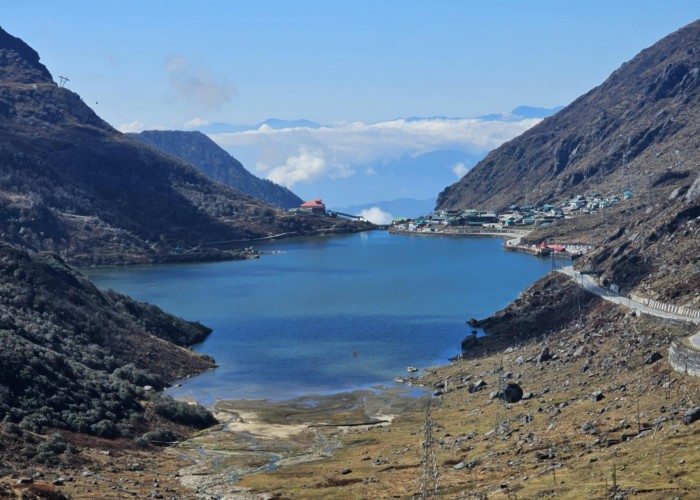
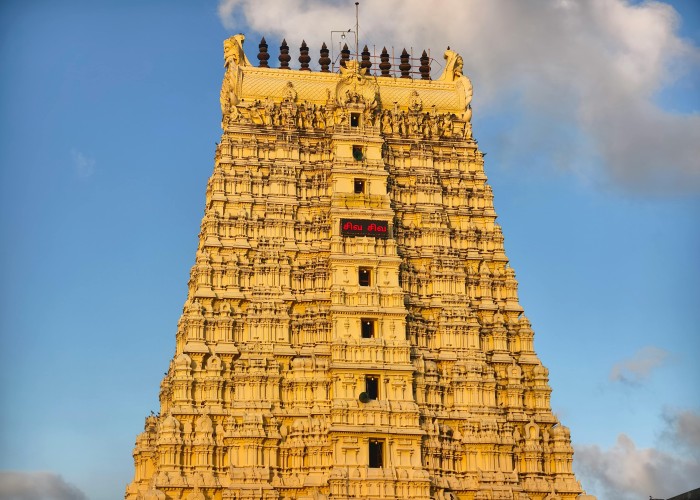
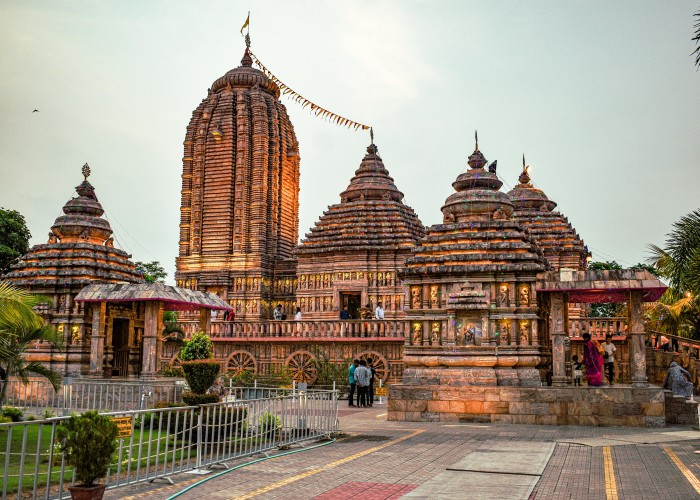
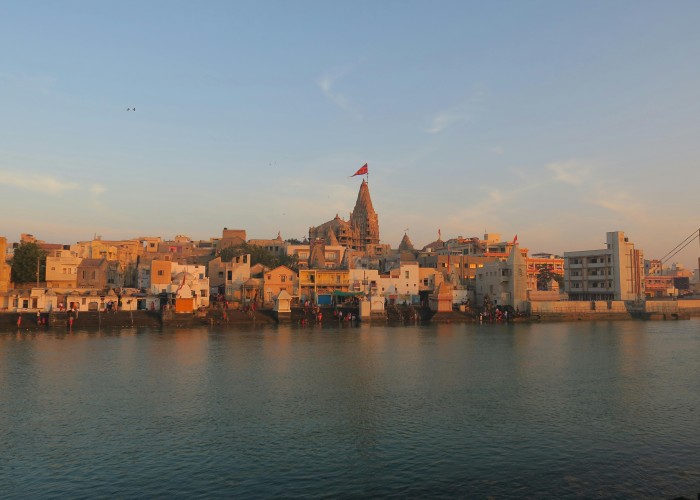
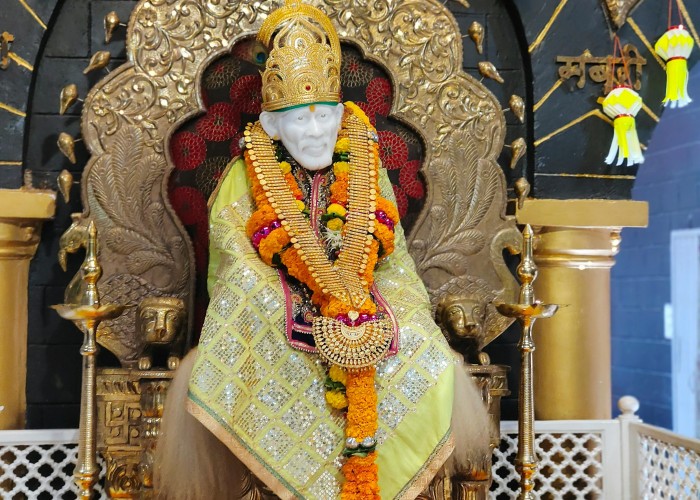
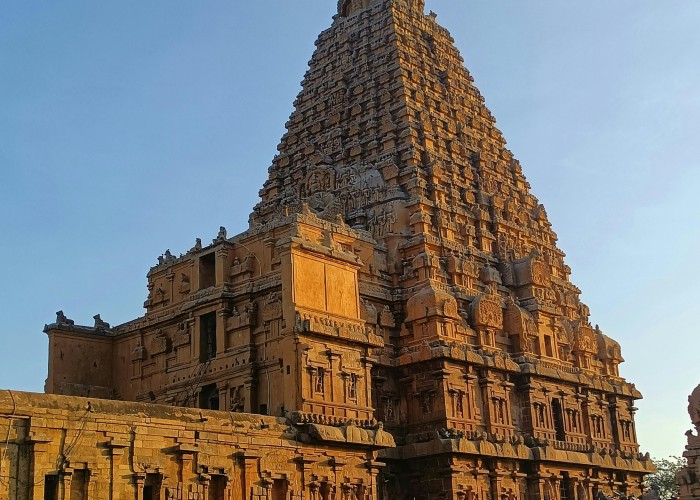
Leave a Reply